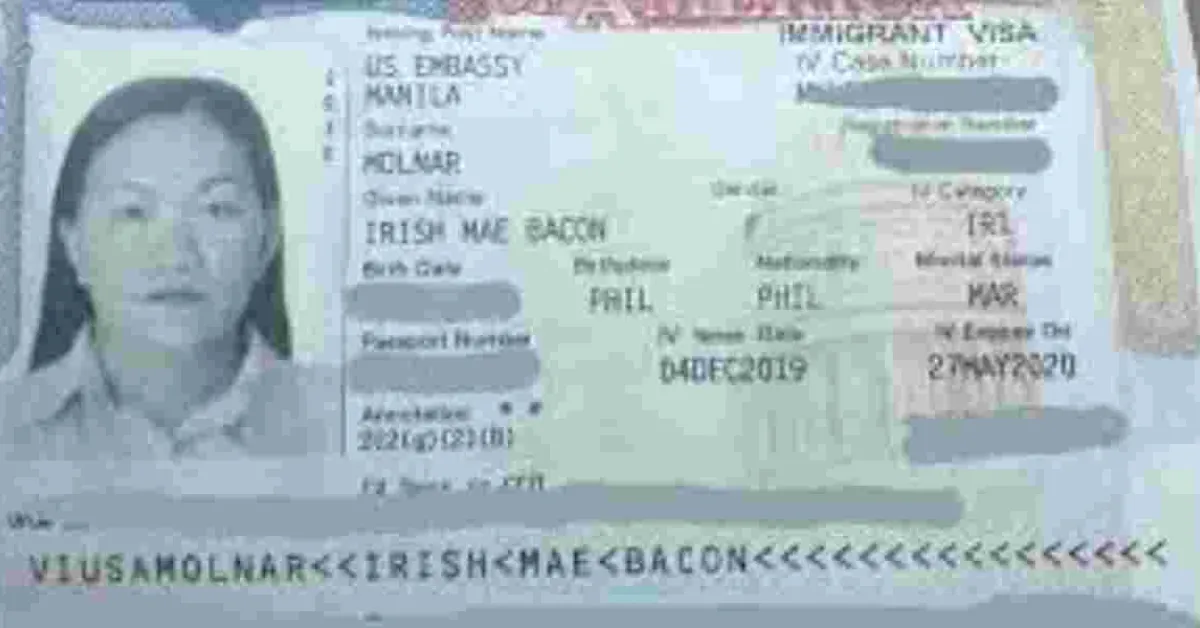The K1 and CR1 Visa Options for Immigrant Couples

For couples where one partner is a US citizen and the other seeks residency, marriage can be a path to immigration.
This process involves obtaining a K1 or CR1 visa, each with its own advantages and drawbacks. Choosing the right visa hinges on your specific circumstances and priorities. This article explores the key differences between the K1 and CR1 visas to guide you in making an informed decision.
K1 Visa: Faster Processing, but Time-Bound Marriage
The K1 visa, also known as the fiancé(e) visa, is designed for couples who intend to marry within 90 days of the beneficiary's arrival in the US. This visa offers a potentially faster processing timeline compared to the CR1 visa. However, there are significant limitations. Firstly, the K1 visa holder cannot legally work in the US until their status is adjusted to permanent resident. Additionally, travelling outside the US before receiving a green card can jeopardize one's immigration status.
The most crucial factor to consider is the strict time constraint with the couple expected to marry within 90 days of entry, placing immense pressure on what should be a joyous occasion. This timeframe can also pose challenges for couples who require additional time to plan their wedding or for whom cultural customs necessitate a longer pre-marital period.
CR1 Visa: Stability and Flexibility for Established Couples
The CR1 visa, also known as the spousal visa, caters to married couples where the US citizen petitions for their spouse's residency. While processing times for the CR1 visa can be longer than the K1, it offers greater stability and flexibility. Once approved, the CR1 visa allows the beneficiary to work and travel freely upon arrival in the US. More importantly, they receive a green card within 30 days of entry, eliminating the anxieties associated with the K1 visa's time constraints. This security is particularly valuable if the marriage encounters unforeseen difficulties. The CR1 visa is also generally less susceptible to denial compared to the K1 visa. This can be a deciding factor for couples concerned about potential roadblocks in the approval process.
Choosing the Right Path
The decision between the K1 and CR1 visas hinges on your individual circumstances and priorities. If a faster processing time is paramount and you are confident in your commitment to marry within 90 days, the K1 visa might be a viable option. However, the limitations associated with this visa necessitate careful consideration. For couples in established marriages seeking greater stability and flexibility, the CR1 visa is the more suitable choice. The extended processing time is often outweighed by the benefits of immediate work authorization, travel freedom, and a green card upon arrival.
Notably, consulting with an immigration attorney is highly recommended to ensure you navigate the legalities effectively and choose the visa path that best suits your needs.














Comments
@Mwakilishi, now you're…
Permalink
@Mwakilishi, now you're cooking with Crisco. These are the type of articles some diasporans in the US would like to read si eti so and so ametimiza hiki na kile baada ya mateso na machungu.
Add new comment